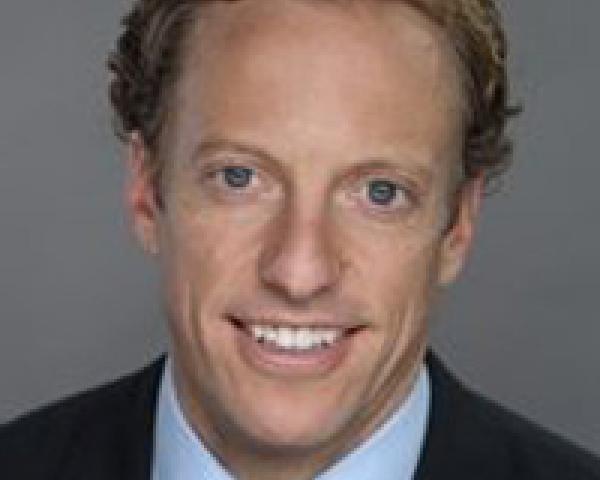Many employers get talked into just comparing this year's premiums against last year's. Tougher questions need to be asked.
If you are a CFO or HR professional reading this article, you are probably familiar with the typical renewal discussion with your employee benefits broker. It goes something like this:
Broker: "Well, the insurance company initially wanted a 12% increase."
You: "How can that be? We have performed fairly well this year."
Broker: "I agree, so we went back to the insurance company and negotiated the increase down to 5%. That is two percentage points below the industry average, so I suggest we lock it in and wrap up the renewal."
This conversation happens all too often. Cost increases are the norm in the health insurance industry, and employers are satisfied with merely beating industry averages (while brokers are receiving pay raises because of commissions on the higher premiums).
By accepting these terms, employers may be overlooking a big problem.
See Also: 7 Tools for Cutting Insurance Costs in 2016
Let's pretend the data below is your three-year insurance summary. Take a look and determine if you have had a successful run.
- Enrolled employees: 300
- Total health plan costs: $3.5 million
- Average annual cost increase: 2.5%
At first glance, it would appear that you had a pretty successful stint. A 2.5% average over the past three years is definitely beating industry averages. So what is the problem?
A closer look shows you are spending more than $10,000 per-employee-per-year (PEPY). Was this really a successful three-year run? No. You should be ticked off with this performance. because YOU WERE PAYING TOO MUCH TO BEGIN WITH.
For comparison, the average cost of providing a group medical plan in the state of Colorado is $8,160 PEPY. The average cost of providing a group medical plan in the U.S. is $9,504 PEPY.. By spending more than $10,000 PEPY, you are spending more than the average U.S. employer and
significantly more than the average employer in Colorado.
Now, plan costs can differ based on industry and location, but the message here is clear. Do not be satisfied with merely beating industry averages. It is too easy to be satisfied when you are only comparing your current costs with your previous costs. If you are an employer that is already spending too much, it is time to challenge your broker and the status quo. Dig in and find out why you are paying too much, and begin implementing the appropriate cost-containment strategies that will help you reverse the cost increases (albeit small) that have affected your plan for far too long.






